Description of flavor and taste of Bansha coffee beans treated with Ethiopian Sidamo red honey
Ethiopian Sidamo Red Honey treats Bansha Coffee beans
Producing area: Bansa town, Sidamo, Ethiopia
Altitude: 2100m
Variety: Ethiopian native species
Treatment method: red honey treatment
Grade: G1
Production season: 2021

Coffee producing area
The Sidamo producing area is located in southern Ethiopia, extending to the districts of Arsi and Bale in the east and Gamogofa in the west. Sidamo coffee is cultivated at the altitude of 1400m-2000m. The industry here is dominated by agriculture, and the main growing area of coffee is around the Great Rift Valley (Great Rift Valley) of East Africa. Sidamo has developed rapidly in recent years and is an important distribution center for coffee export.

The coffee flavor of Sidamo is very diverse, and the different soil types, microclimate and countless native coffee species make the coffee produced in each town have obvious differences and characteristics. Among them, the town of Bensa is located in the east of Sidamo, above sea level 1800m-2300m, the coffee flavor in this area will be more diverse, mostly manifested by the acidity of berries and citrus fruit tea.
Ethiopian native species Heirloom
As the birthplace of coffee, Ethiopia has a large number of coffee varieties, which can be said to be a treasure trove of coffee varieties, but variety identification is time-consuming and laborious, and most of them are planted by small farmers, so it is difficult to subdivide the varieties by mixed treatment after harvest. Therefore, the original species is used to summarize a variety of coffee varieties in Ethiopia, not an exact coffee variety.
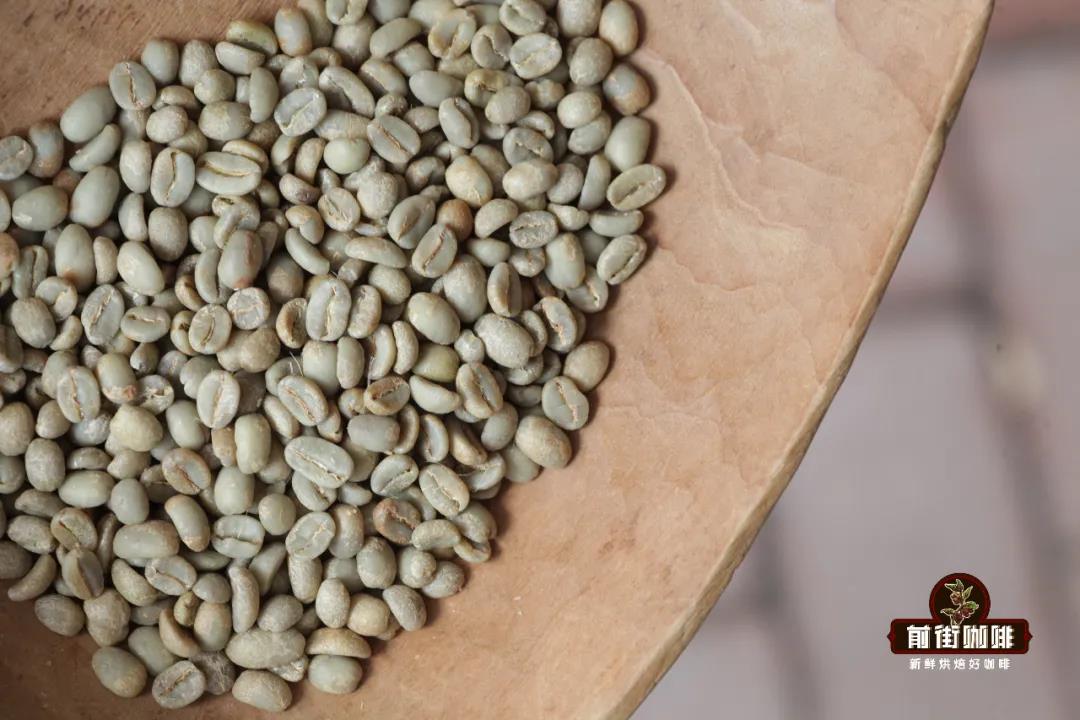
Red honey treatment method Red Honey
Red honey treatment is one of the honey treatments, coffee fruit will be desized after harvest. The desizing process retains 70%, 75% of the pectin. Due to the retention of most of the pectin, if directly exposed to the sun, the sugar in the pectin is prone to excessive fermentation.
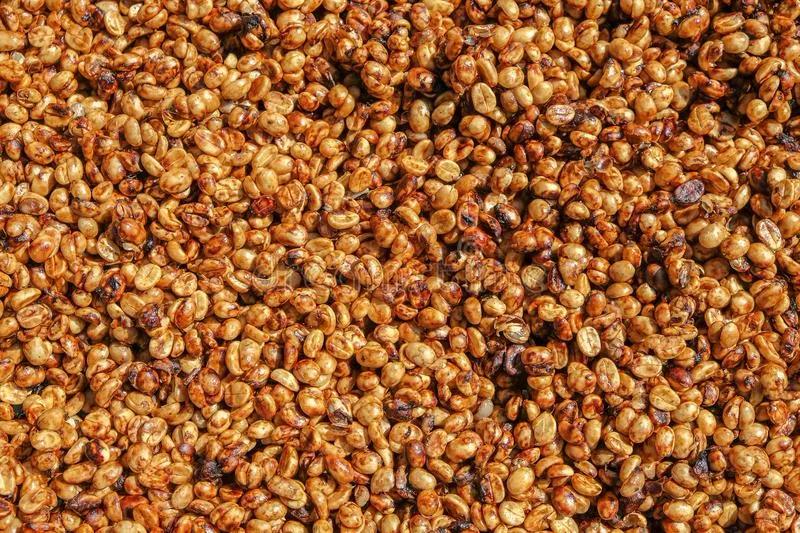
So coffee beans treated with red honey need to be dried in a shaded and ventilated shed, which usually takes 12-14 days. Finally, after testing the moisture content and fermentation degree, it will be stored in storage.
Qianjie baking suggestion
Due to the high water content of raw coffee beans in the new season, the water content of raw coffee beans will affect the temperature transfer during roasting, and coffee is prone to incomplete dehydration in the roasting process. At this time, the coffee beans may be ripe, but the bean core is still raw. In order to avoid entrapment, Qianjie recommends extending the dehydration time (that is, the time between the temperature recovery point and the yellowing point) when roasting Banza coffee beans, and in order to highlight the characteristics of red honey in dealing with sweetness, so the Qianjie baker appropriately extended the relay period (that is, the time between the turning yellow point and a burst point).
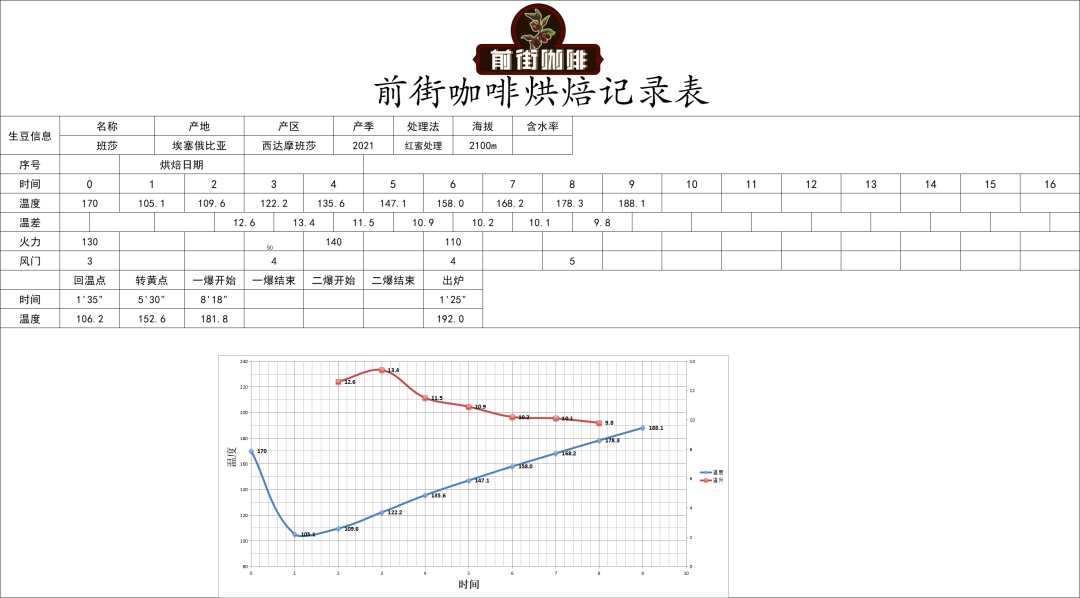
Description of cup test flavor
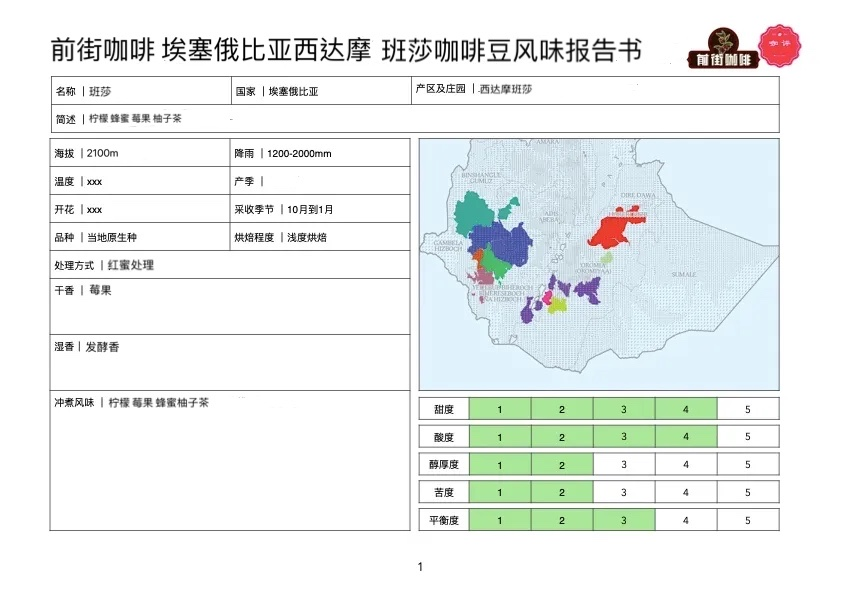
Suggestion on brewing coffee in Qianjie
Filter cup: V600001
Water temperature: 90-91 ℃
Powder content: 15g
Powder / water ratio: 1:15
Degree of grinding: medium and fine grinding (Chinese standard No. 20 screen pass rate 80%)
Cooking technique: three-stage extraction. Steam with 30 grams of water for 30 seconds, small water flow around the circle to 125 grams for sectional injection, water level drop is about to expose the powder bed, continue to inject water to 225 grams to stop water injection, and so on when the water level drop is about to expose the powder bed, remove the filter cup, (steaming starts timing) the extraction time is 2 minutes 39 minutes.
Important Notice :
前街咖啡 FrontStreet Coffee has moved to new addredd:
FrontStreet Coffee Address: 315,Donghua East Road,GuangZhou
Tel:020 38364473
- Prev
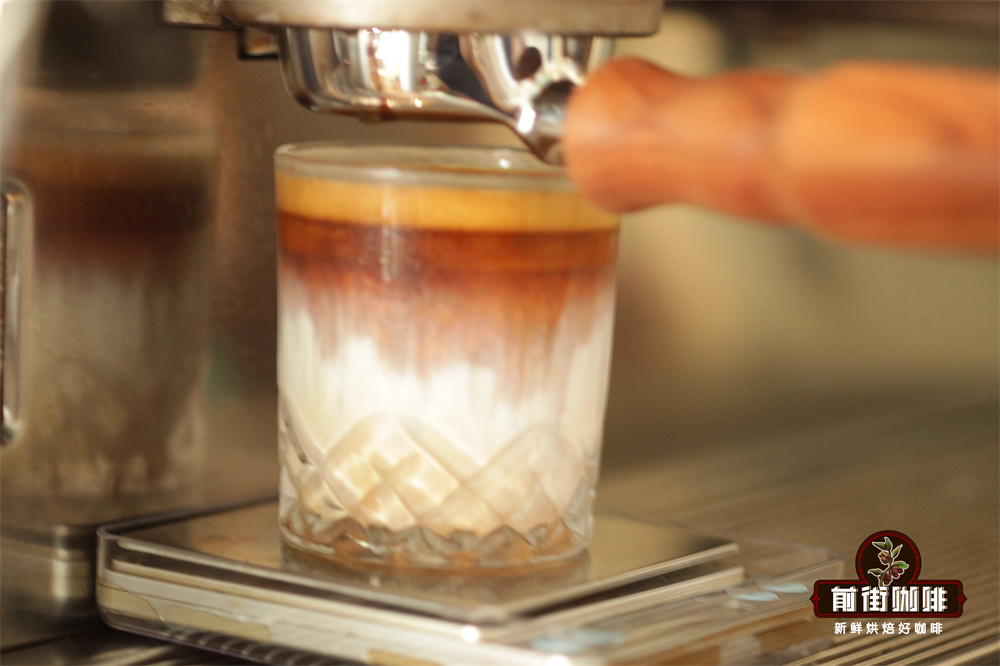
The correct way to drink Dirty Coffee the difference in taste and flavor between Dirty dirty coffee and iced latte coffee
Introduction to Dirty Coffee was born a few years ago, which made many lattes change their positions into Dirty. Unlike iced lattes, watching espresso and milk produce a gradual effect, from full-bodied coffee to sweet milk, Dirty is a milk enjoyed by both visual and taste buds.
- Next

What is latte? How do I make iced latte at home?
Hot summer comes again, this time the frozen drink is a quick debut, of course, coffee is never out of date molecules, and a cup of iced coffee can stir up the taste buds of guests oh. If you don't want to go out and want to have an iced coffee at home, make it yourself. Now, Qianjie Coffee introduces a simple and easy way to make iced lattes, as long as you are ready for the following
Related
- Beginners will see the "Coffee pull flower" guide!
- What is the difference between ice blog purified milk and ordinary milk coffee?
- Why is the Philippines the largest producer of crops in Liberia?
- For coffee extraction, should the fine powder be retained?
- How does extracted espresso fill pressed powder? How much strength does it take to press the powder?
- How to make jasmine cold extract coffee? Is the jasmine + latte good?
- Will this little toy really make the coffee taste better? How does Lily Drip affect coffee extraction?
- Will the action of slapping the filter cup also affect coffee extraction?
- What's the difference between powder-to-water ratio and powder-to-liquid ratio?
- What is the Ethiopian local species? What does it have to do with Heirloom native species?

